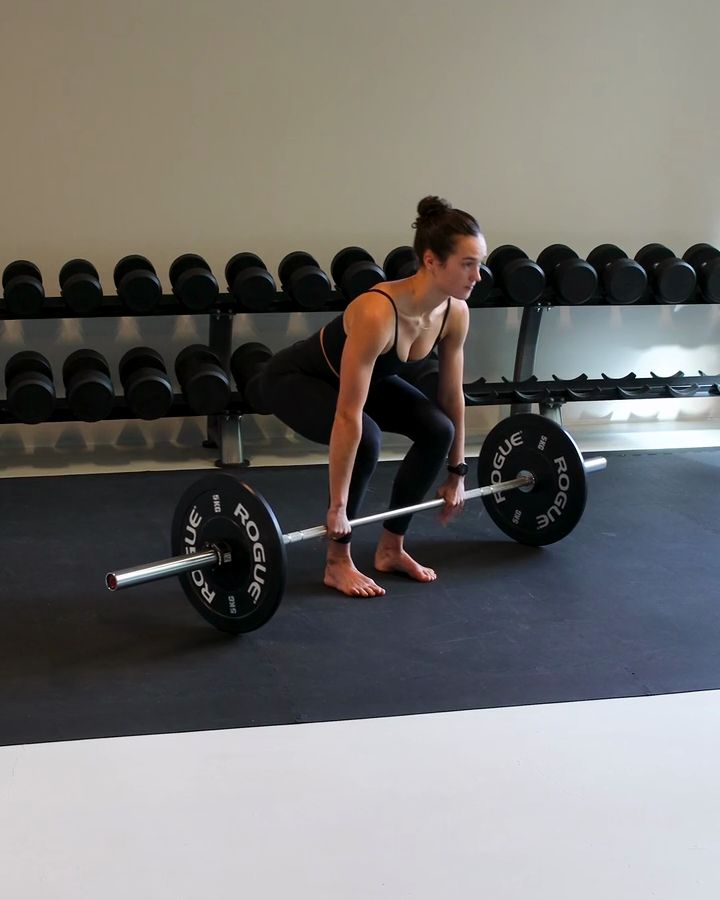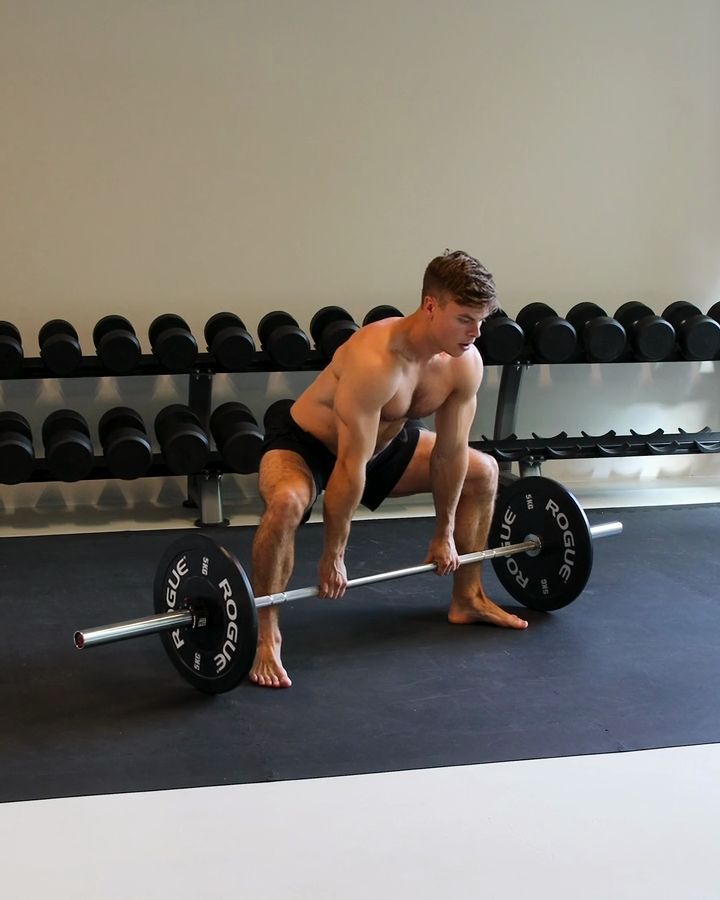Conventional Deadlift with a barbell
The conventional deadlift, also known as the classic deadlift, is a fundamental exercise that strengthens the back, glutes, and legs. When performed with proper technique, it offers significant benefits but requires precise execution to avoid back injuries. Especially advanced athletes can lift heavy weights with this exercise. Variants such as the dumbbell deadlift or using a Smith machine are suitable for beginners.
Necessary equipment
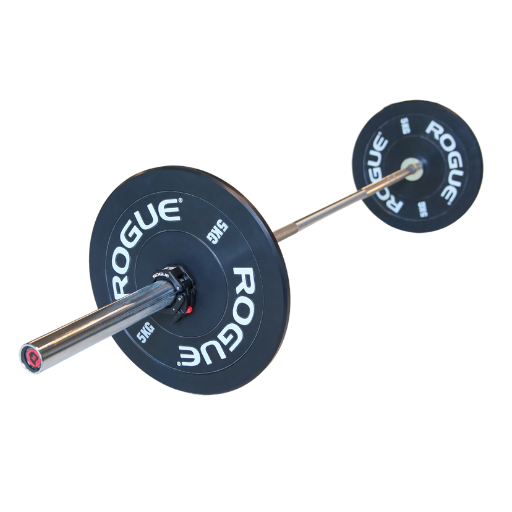
Conventional Deadlift with a barbell - the correct execution
- Start in hip-width stance
- Screw your feet into the floor so that your knees face outward
- Keep the shoulder blades down at the back (retraction, depression)
- Bend your hips with maximum tension in torso and buttocks
- Grab the barbell at least shoulder-width apart
- Distribute your body weight over the whole foot
- Lean back a little so that your shins are as vertical as possible.
- Build up maximum tension in torso, back of legs and buttocks
- Extend your legs and hips at the same time and lift the barbell upwards.
- The spine remains upright
- When legs and hips are maximally extended, lower the barbell back to the floor in the same way.
- The training weight for this exercise is the sum of the barbell's own weight and the additional weight plates
The exercise Deadlift is intended to be used as a hypertrophy exercise.
Which muscles are trained by Deadlift?






Primary trained muscles for Deadlift
Hamstrings - The hamstrings are muscle groups located at the back of your thigh. They help you bend your knee and extend your hip.
Secondary trained muscles for Deadlift
Lower Back - The erector spinae muscle runs along your spine and helps you extend your back and stand upright.
This could also be interesting
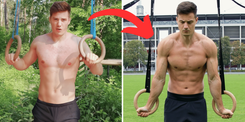
Calisthenics Body Transformation – How to Build a Strong, Lean, and Athletic Physique
Transform your body with Calisthenics! Build muscle, burn fat & achieve a shredded physique with bodyweight training. See real before & after results!

The Best Fitness Apps in 2025: Our Top 10 Recommendations
Don’t miss the best fitness apps of 2025: surprising favorites, free options, and perfect tools for your workouts. Find the ideal app today!
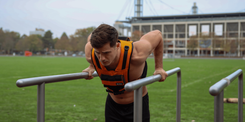
Complete Calisthenics Skills List – 40+ Exercises from Beginner to Pro
Which calisthenics skills should you learn first? And which ones will really help you progress? In this article, you’ll find a complete list of over 40 exercises – from the very basics to the toughest moves for professionals. Each exercise comes with instructions, so you can immediately integrate them into your training.
